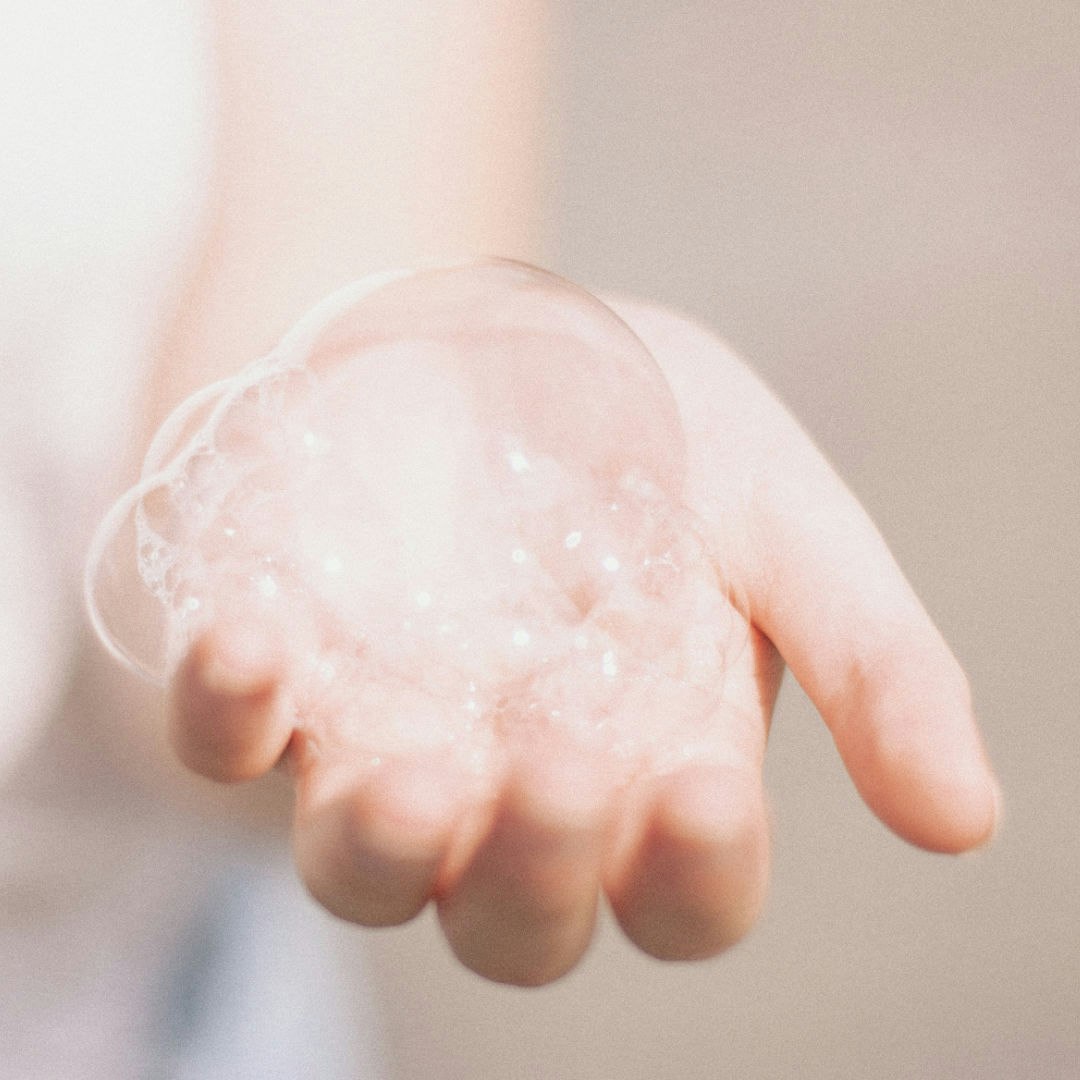Last time I wrote about the basics of storing heirloom and antique textiles safely: rolling, safe folding, and safe storage materials. This week I want to talk a bit about cleaning textiles before storage.
Textiles going into storage should be as clean as is safely possible. Dirt, debris, foodstuff, and other stains can damage fibers over time. That said, as with all things antique and heirloom, there’s my regular reminder: If there’s any question at all about the possibility of damaging the textile during cleaning, talk to a conservator or a collections or display professional at a local museum. Always exercise caution when dealing with antique and extra-delicate pieces and never hesitate to get a second opinion if you are at all worried. Never, ever attempt to clean an antique or delicate textile unless you know it’s safe. This includes not just the fragility of the textile, but also the colorfastness of the dyes used.

Photo credit: Matthew Tkocz on Unsplash
Washing
For textiles that can be safely handwashed, I highly recommend investing in Orvus WA Paste. Orvus WA Paste was originally developed as a horse shampoo, but somehow folks in the textile world discovered that it worked amazingly well as a mild textile detergent. While it might seem a bit odd to recommend a horse shampoo, Orvus is pH neutral, anionic, extra-gentle, and very effective at getting rid of surface dirt. It’s beloved by quilters, needleworkers, and textile conservation specialists alike for this very reason. You can find more information on using Orvus on antique textiles here.
Whatever you use, make sure you’re using a detergent with a neutral pH, or one as close to neutral as possible. Never use soap because true soaps react with minerals in water to create soap scum in your fabric, which can cause just as much damage as the stains you’re trying to remove. I use the word “true” because in the United States, the term “soap” is often used for items that are actually detergents. Many shampoos, facial cleansers, and dish “soaps” are, in fact, detergents.
Vacuuming
What do you do with a textile that’s dusty but can’t be safely washed? Carefully vacuuming is an option. (Once again, if there is any question about the possibility of damaging your textile, don’t clean it and get a second or even third professional opinion. It’s always, always better to err on the side of caution.) This doesn’t mean putting your textile on the floor and and running your Hoover over it; it requires some careful preparation before attempting.
First, this is one case where you don’t want your vacuum to have high suction. Some vacuums have a speed control that can reduce suction, but not always. If you can easily exchange one hose for another, buy a second hose that’s just for cleaning textiles and put holes in it until you’ve got it at a low enough level of suction.
Next, you’ll need to put a screen on the hose end and then a soft, preferably natural-bristle, brush attachment on top of that. You’ll also need a screen for the top of the textile. Nylon screening with a cotton hem sewn around the edges is recommended—it doesn’t need to be large because you can move it around as you vacuum.
Once you’re set up, check your textile for any loose threads, beads, or other items that could potentially get damaged by vacuuming and either avoid those areas or refrain entirely from vacuuming the textile in question. Place the textile on a clean, flat surface, place the cotton hemmed screen on top, and gently vacuum following the direction of the warp, weft, or pile. A small, soft brush can also be used to help remove dirt and dust from the surface. Go slow and be as gentle as possible. You can find a more definitive guide to vacuuming delicate textiles here.
Dry Cleaning?
While dry cleaning might seem like a good solution to the “to clean or not to clean” question when dealing with antique textiles, it’s not always an automatic safe choice. Some dry cleaners know how to safely clean antique textiles, but many do not. Don’t assume dry cleaning is safer. If you’re interested in the possibility of dry cleaning, talk to a local museum or conservator and ask for their advice and recommendations.
Next time, I’ll cover the best, and some of the worst, places to store your textiles once they’re boxed or wrapped up and ready to go.
—Christina
Resources
Mechanical Surface Cleaning of Textiles
Christina Garton is a former museum professional and the current Associate Editor of Handwoven magazine. Read more of Christina's tips for safely displaying and storing textiles at pieceworkmagazine.com/author/christine-garton.

